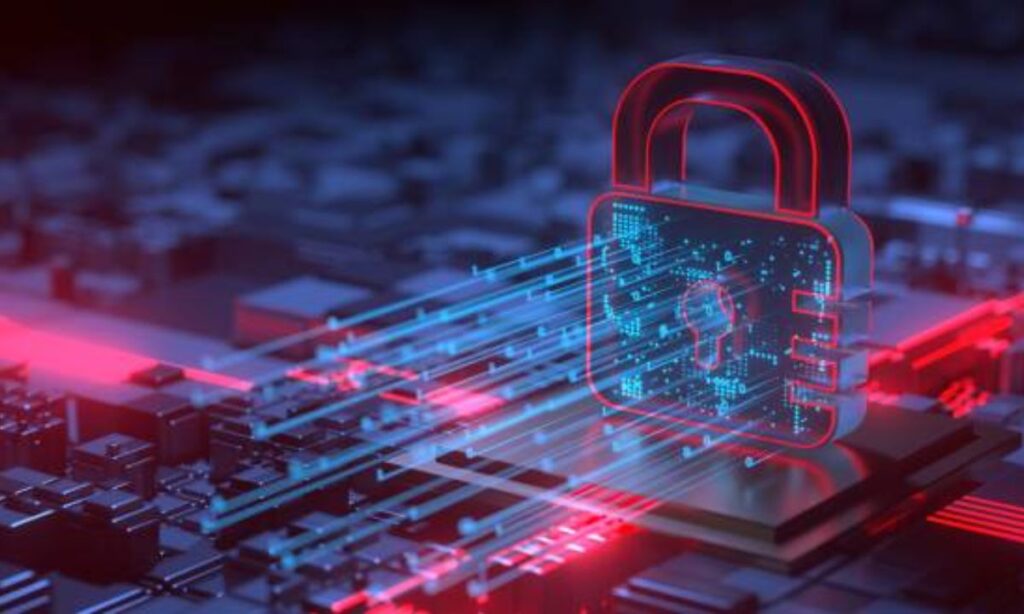Security Tips for Computer Users
In today’s digital age, computer security is paramount. With the ever-present threats of malware, phishing, data breaches, and more, it’s essential for computer users to be vigilant and proactive in safeguarding their digital lives. This guide will provide you with a comprehensive set of security tips and best practices to help you protect your computer and personal information.
Understanding Threats
1. Types of Computer Threats
Computer users face a multitude of threats, and understanding the nature of these dangers is the first step to safeguarding your digital life.
Malware: Malware, short for malicious software, includes viruses, trojans, worms, and spyware. These programs are designed to harm your computer, steal information, or disrupt its normal operation.
Phishing: Phishing is a technique used by cybercriminals to trick individuals into revealing sensitive information such as login credentials and credit card details by posing as legitimate entities through deceptive emails or websites.
Social Engineering: This approach involves manipulating individuals into divulging confidential information or taking certain actions. Attackers often use psychological tactics to exploit human behavior.
Data Breaches: Data breaches involve unauthorized access to sensitive information. This can occur through hacking, insider threats, or inadequate security measures.
2. Consequences of Inadequate Security
Failing to protect your computer and personal information can have severe consequences:
– Loss of Personal Data: Malware can result in the loss of valuable personal or work-related data.
– Identity Theft: Phishing and data breaches can lead to identity theft, where your personal information is used for fraudulent activities.
– Financial Loss: Cyberattacks can lead to financial losses, as attackers may gain access to your bank accounts or credit card information.
– Reputation Damage: A security breach can damage your online reputation, both personally and professionally.
Strong Passwords and Authentication
1. Creating Strong Passwords
Passwords are your first line of defense. To create strong passwords:
– Use a mix of uppercase and lowercase letters, numbers, and special characters.
– Avoid easily guessable information like birthdays or names.
– Use long, unique passwords for each account.
– Consider using passphrases, which are longer phrases that are easier to remember.
– Regularly update your passwords, especially after security breaches.
2. Using Two-Factor Authentication (2FA)
Two-factor authentication adds an extra layer of security. It typically involves something you know (your password) and something you have (a unique code sent to your phone or generated by an app). Enable 2FA for your online accounts whenever possible.
3. Password Managers
Managing numerous complex passwords can be challenging. Password managers can help by securely storing your login information and generating strong, unique passwords for each account. Popular password manager apps include LastPass, Dashlane, and 1Password.
Software and System Updates

1. Importance of Regular Updates
Operating systems and software applications frequently release updates to address security vulnerabilities and improve functionality. Failing to update can leave your computer exposed to known threats.
2. Automatic vs. Manual Updates
Enable automatic updates whenever possible, as they ensure that your system and software stay up to date without requiring your constant attention. Manual updates can be time-consuming, so use them only when necessary.
3. Updating Operating Systems and Software
Regularly update your operating system (e.g., Windows, macOS, or Linux) and all installed software, including web browsers, productivity tools, and security software. Keeping your system and software current is a crucial security measure.
Antivirus and Anti-Malware Software
1. Installing and Updating Security Software
Install reputable antivirus and anti-malware software and keep it up to date. This software scans your system for threats and can prevent malware from infecting your computer.
2. Scanning for Malware and Viruses
Perform regular scans of your computer to identify and remove any potential threats. Scheduling regular scans can ensure that your system stays clean.
3. Real-time Protection
Enable real-time protection in your security software to actively monitor for and block threats as they occur. This adds an extra layer of security beyond periodic scans.
Safe Browsing Habits
1. Recognizing Phishing Attempts
Be cautious when receiving unsolicited emails or visiting unfamiliar websites. Look out for signs of phishing, such as requests for sensitive information, misspelled URLs, or suspicious attachments.
2. Avoiding Suspicious Websites
Stick to reputable websites when conducting online activities. Avoid websites that prompt you to download files or click on unknown links. Verify the website’s legitimacy before entering sensitive information.
3. Using HTTPS and Secure Connections
Ensure that the websites you visit use HTTPS (HyperText Transfer Protocol Secure). You can check for the padlock icon in your browser’s address bar, which indicates a secure connection. Avoid sharing personal information on websites that lack this encryption.
Email Security
1. Identifying Phishing Emails
Phishing emails often mimic legitimate organizations. Be wary of unsolicited emails requesting personal or financial information. Verify the sender’s email address and look for inconsistencies in the message.
2. Handling Suspicious Attachments
Never open email attachments from unknown sources. Cybercriminals can use email attachments to spread malware. If you receive an unexpected attachment, contact the sender to verify its legitimacy.
3. Using Encrypted Email
Consider using email services that offer end-to-end encryption, such as ProtonMail or Tutanota, to ensure that your email communication remains secure and private.
Social Media and Online Privacy
1. Privacy Settings
Review and adjust the privacy settings on your social media accounts. Limit the information you share with the public and ensure that your connections are trusted.
2. Sharing Information Wisely
Be cautious about sharing personal information on social media platforms. Oversharing can expose you to identity theft and other security risks.
3. Identifying Social Engineering Attempts
Stay vigilant against social engineering attempts on social media. Cybercriminals may impersonate your contacts or use social engineering tactics to manipulate you into revealing information or taking certain actions.
Wireless Network Security

1. Secure Wi-Fi Passwords
Ensure your Wi-Fi network is password-protected with a strong, unique password. Avoid using default or easily guessable passwords, which can leave your network vulnerable to intrusion.
2. Router Security Settings
Access your router’s settings and configure it with strong security options. This may include changing the default login credentials, enabling WPA2 or WPA3 encryption, and disabling remote management.
3. Public Wi-Fi Precautions
Exercise caution when using public Wi-Fi networks. Avoid accessing sensitive information or making online purchases on unsecured public networks. Consider using a virtual private network (VPN) for added security.
Data Backup and Recovery
1. Regular Data Backups
Back up your important data regularly to an external drive or cloud storage. This ensures that you can recover your files in case of a data loss incident.
2. Cloud Storage and Local Backups
Consider using both cloud storage and local backups. Cloud storage provides convenient access to your files from anywhere, while local backups offer additional security against data loss.
3. Data Recovery Options
Familiarize yourself with data recovery options, such as file recovery software, in case of accidental data deletion. Understand the limits of data recovery and when it’s best to consult professional services.
Physical Security
1. Securing Your Computer and Devices
Physically secure your computer and mobile devices. Use locks, cables, or other security measures to prevent theft. Avoid leaving your devices unattended in public places.
2. Protecting Access to Your Workspace
Ensure that your workspace is secure, especially if you work from home. Lock your computer when not in use, and use screen savers with password protection to prevent unauthorized access.
Mobile Device Security
1. Securing Smartphones and Tablets
Apply the same security principles to your mobile devices as you do to your computer. Use strong passwords, enable biometric authentication if available, and keep your device’s operating system up to date.
2. Mobile Apps and Permissions
Be cautious when granting app permissions on your mobile device. Limit apps’ access to your personal information and review the permissions requested by each app.
3. Remote Wipe and Tracking
Enable remote tracking and wipe capabilities on your mobile devices. This allows you to locate your device if it’s lost or stolen and erase its data if necessary.
Reporting Incidents
1. What to Do in Case of a Security Incident
If you suspect a security incident, take immediate action to minimize potential damage. Disconnect from the internet, change passwords, and perform scans to identify and remove threats.
2. Reporting to Authorities and Service Providers
In cases of severe security breaches, report the incident to the appropriate authorities and your service providers. Timely reporting can help prevent further harm and aid in the investigation.
Educating Others
1. Spreading Awareness Among Family and Friends
Help protect your loved ones by educating them about computer security. Share these tips with family and friends to create a safer digital environment for all.
2. Training for Employees in a Work Environment
If you’re an employer, consider providing computer security training for your employees. Ensure they understand the importance of strong security practices to protect both personal and company data.
Conclusion
In a world where digital threats are constantly evolving, computer security is an ongoing effort. By following the security tips outlined in this guide, you can significantly reduce your risk of falling victim to cyberattacks. Stay informed, be proactive, and make computer security a top priority in your digital life. If you have anything to know contact us.

